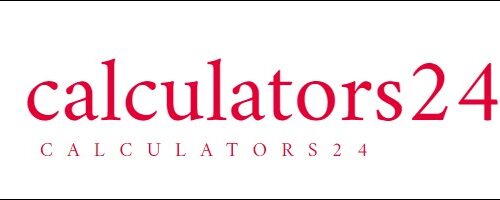Enter the number of bits:
Result:
Terabits (Tb)Navigating the Digital Landscape: Decoding Bits into Terabits
In the intricate domain of digital information, grasping the nuances of measurement units becomes imperative, particularly when confronted with colossal data sets. While bits, the fundamental components of digital data, lay the groundwork, they prove less pragmatic when articulating extensive data quantities. This is where the prominence of “terabits” (Tb) manifests. This article will delve into the realms of bits and terabits, shedding light on their significance, and introduce an efficient converter designed to seamlessly bridge the gap between these units.
Bits: The Cornerstone of Digital Architecture
At the heart of the entire digital landscape resides the unassuming bit. A bit, capable of representing either of the binary states, 0 or 1, is the bedrock of digital data. This binary system underpins a myriad of digital entities, ranging from textual content and images to videos and software code. Every interaction—be it a click, a tap, or a keystroke—on your digital devices involves the manipulation of these bits.
Terabits: Scaling Data Dimensions
While bits eloquently capture small-scale data intricacies, their utility diminishes when confronted with substantial data volumes. Enter terabits, denoted as “Tb,” a unit of digital information representing a trillion bits. Numerically, one terabit translates to 1,000,000,000,000 bits (1e12 bits). Terabits find extensive application in networking, telecommunications, and data storage, precisely describing data transmission rates and storage capacities on a monumental scale.
The Conversion Odyssey: Bits to Terabits
Transforming bits into terabits necessitates accommodating the vast difference in scale between these two units. The conversion process adheres to a straightforward formula:
javascriptCopy code
Number of Terabits (Tb) = Number of Bits / 1e12
To simplify this conversion undertaking, behold the “Bits to Terabits Converter” above. Input your bit count, execute the conversion by clicking the “Convert” button, and witness the instantaneous revelation of the equivalent terabit count.
Understanding the intricate interplay between bits and terabits proves indispensable in various domains, including telecommunications, data science, and information technology. This converter emerges as a formidable ally, facilitating seamless and accurate transitions between these units. Whether you’re navigating the complex web as a network engineer, dissecting data as a meticulous analyst, or managing colossal data sets, this converter stands as a beacon, streamlining the process of handling and communicating expansive data volumes effectively.
